Quantum solutions may be obtained from beautiful pictures of interfering BECs.


Industrial powerhouse Honeywell says its latest quantum computer is now the fastest in the world. How quickly real-world applications will develop or how swiftly they’ll be able to impact industries or affect cryptographic systems such as Bitcoin is the subject of rigorous debate.
In an announcement on Thursday, Honeywell says its team of scientists, engineers and technicians has delivered a quantum volume of 64. The metric measures both the total number of the computer’s qubits and how well it handles them. IBM’s machine scored a 32, suggesting Honeywell’s quantum computer is twice as fast.
Honeywell’s machine is designed to add up to 640,000 quantum bits (qubits) as the system scales. Tony Uttley, president of Honeywell’s quantum computing division, tells CNET.
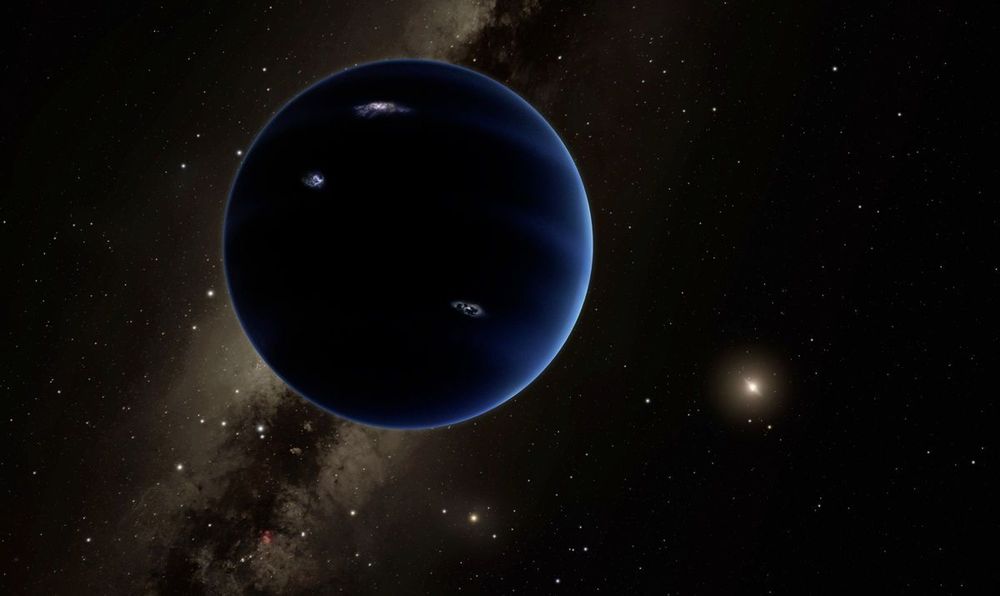
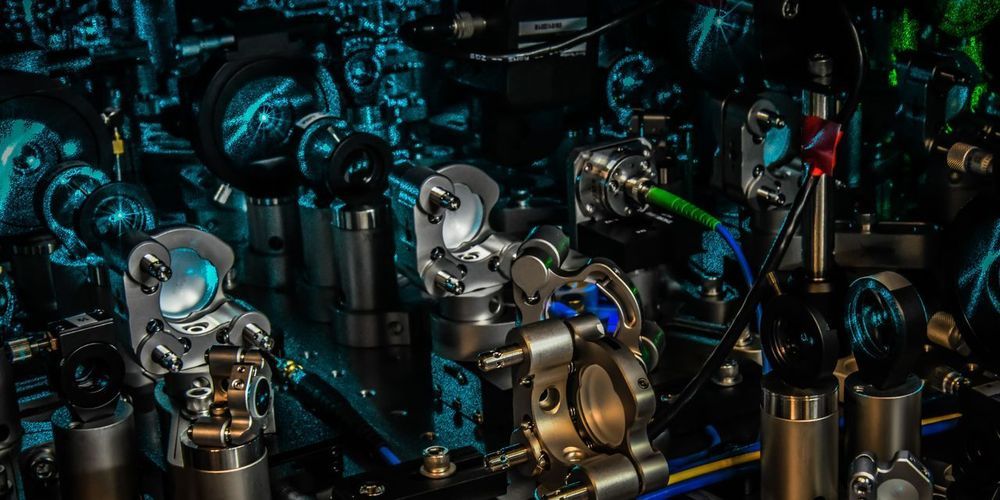
Honeywell stock doesn’t trade on quantum fundamentals yet. Shares are down about 16% year to date, worse than the comparable drops of the S&P 500 and Dow Jones Industrial Average. Honeywell is a large aerospace supplier, and the commercial aviation business has been hammered by Covid-19. Boeing (BA) stock, for instance, is off more than 40% year to date.
Honeywell stock is flat in early Friday trading. The S&P is up about 0.8%.
The quantum-computing industry hasn’t yet arrived, despite today’s announcement. But quantum computers are already better than regular computers in certain instances. Google parent Alphabet (GOOGL) demonstrated the ability of its rudimentary quantum computer to beat traditional systems.
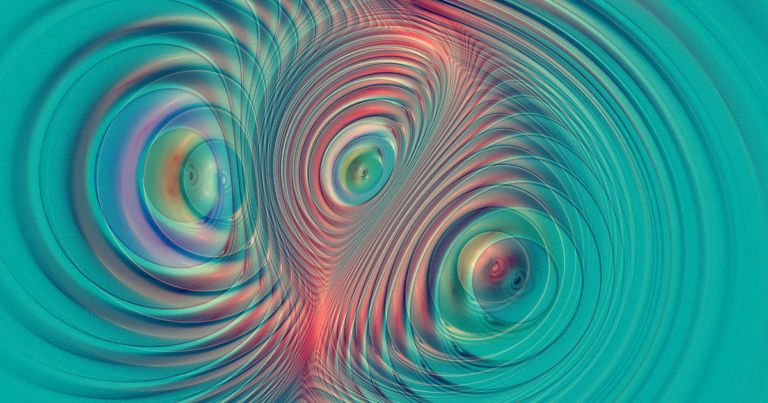
A team of researchers claim to have achieved quantum teleportation using individual electrons.
Quantum teleportation, or quantum entanglement, allows particles to affect each other even if they aren’t physically connected — a phenomenon predicted by famed physicist Albert Einstein.
Rather than a teleportation chamber out of a sci-fi movie, quantum teleportation transports information rather than matter.
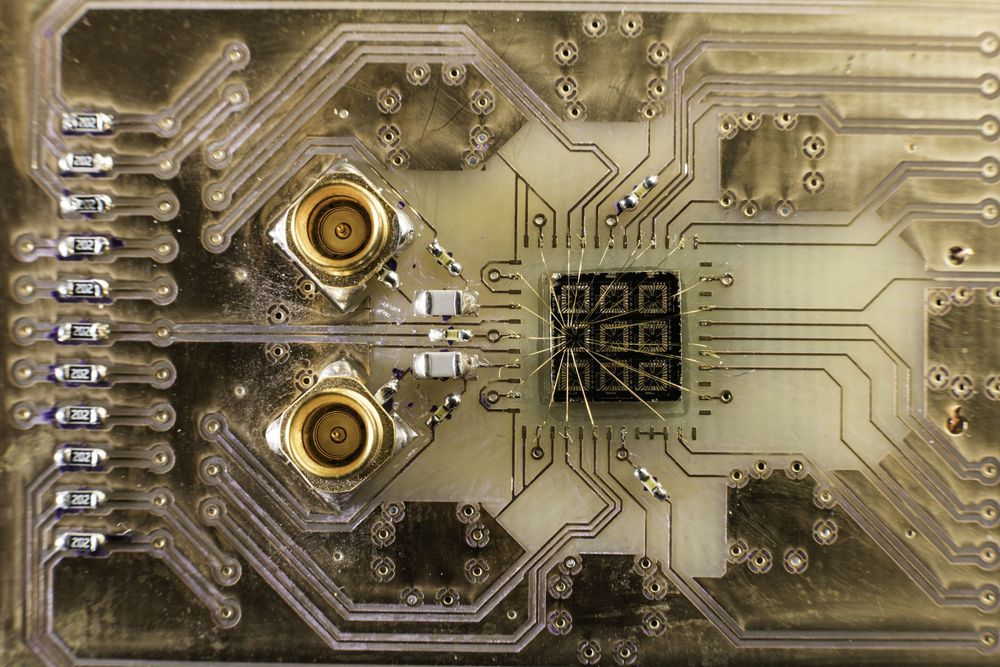
“Beam me up” is one of the most famous catchphrases from the Star Trek series. It is the command issued when a character wishes to teleport from a remote location back to the Starship Enterprise.
While human teleportation exists only in science fiction, teleportation is possible in the subatomic world of quantum mechanics—albeit not in the way typically depicted on TV. In the quantum world, teleportation involves the transportation of information, rather than the transportation of matter.
Last year scientists confirmed that information could be passed between photons on computer chips even when the photons were not physically linked.
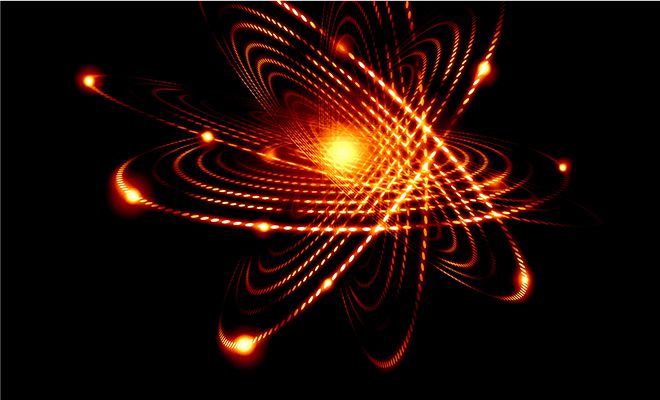


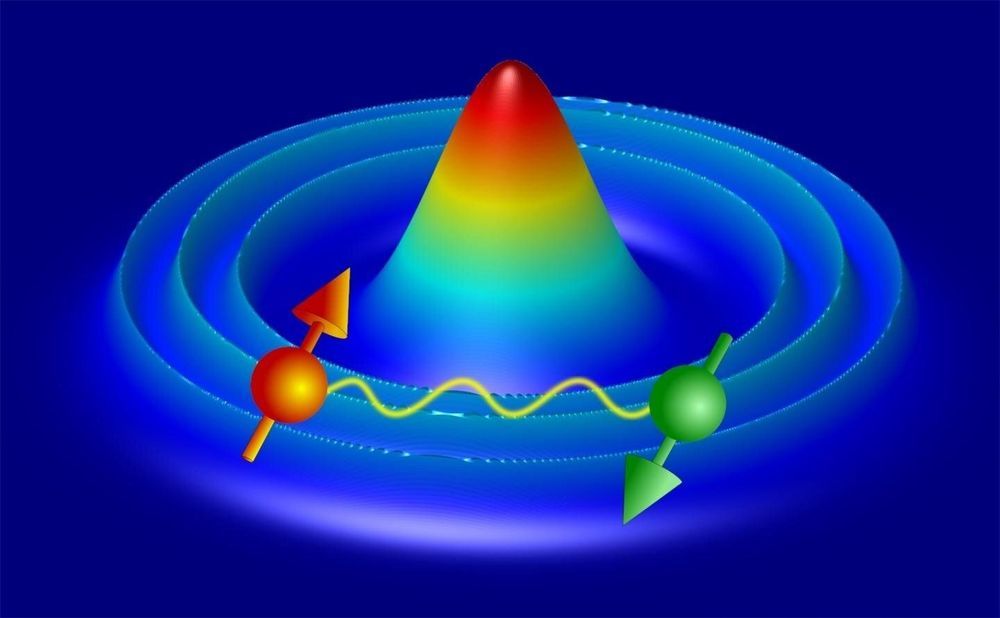
Ultracold atoms trapped in appropriately prepared optical traps can arrange themselves in surprisingly complex, hitherto unobserved structures, according to scientists from the Institute of Nuclear Physics of the Polish Academy of Sciences in Cracow. In line with their most recent predictions, matter in optical lattices should form tensile and inhomogeneous quantum rings in a controlled manner.
An optical lattice is a structure built of light, i.e. electromagnetic waves. Lasers play a key role in the construction of such lattices. Each laser generates an electromagnetic wave with strictly defined, constant parameters which can be almost arbitrary modified. When the laser beams are matched properly, it is possible to create a lattice with well known properties. By overlapping of waves, the minima of potential can be obtained, whose arrangement enables simulation of the systems and models well-known from solid state physics. The advantage of such prepared systems is the relatively simple way to modify positions of these minima, what in practice means the possibility of preparing various type of lattices.
“If we introduce appropriately selected atoms into an area of space that has been prepared in this way, they will congregate in the locations of potential minima. However, there is an important condition: the atoms must be cooled to ultra-low temperatures. Only then will their energy be small enough not to break out of the subtle prepared trap,” explains Dr. Andrzej Ptok from the Institute of Nuclear Physics of the Polish Academy of Sciences (IFJ PAN) in Cracow.